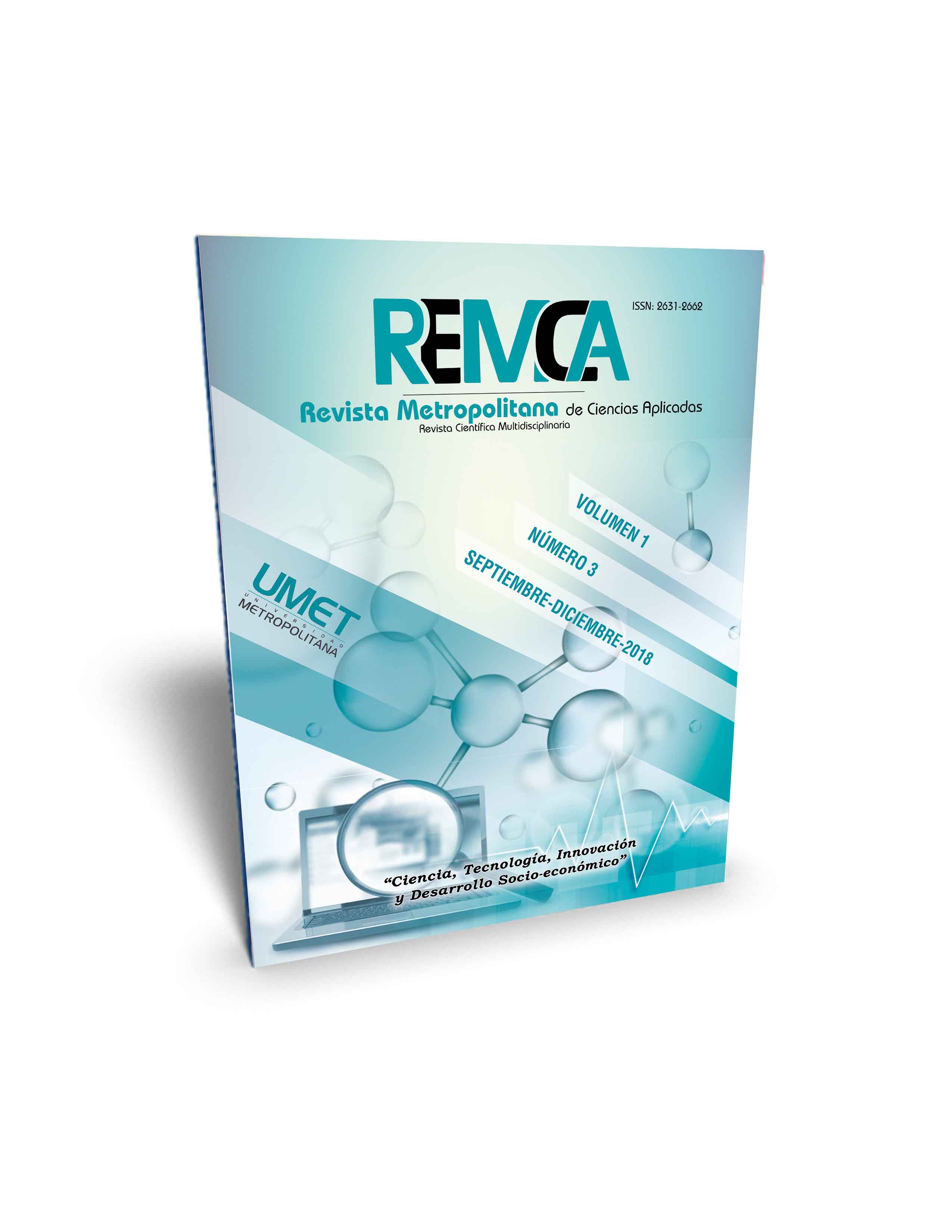Characterization of the dimension of tourist services in the province el Oro, Ecuador
DOI:
https://doi.org/10.62452/gzc1qb15Keywords:
Tourist services, quality, basic servicesAbstract
The basic tourist services are important for the development of this activity anywhere in the world because they facilitate comfort for tourists. The objective of this research is to characterize the basic tourist services in the province El Oro of Ecuador for the achievement of a sustainable development. A correlational longitudinal descriptive observational study was developed, where the scenario used were the tourist areas and the sample is made up of national and foreign tourists who visited the region. The methods used were, the synthetic analytical and the inductive deductive and in practical, the survey, from the mathematical and statistical point of view, the measure of tendency centers median, charts of boxes and whiskers and Cronbach's alpha. The fundamental results were that the medians were above seven and the correlation among the variables of the instrument required a good Cronbach's alpha. It can be concluded that the basic services of: water, garbage, medical tourism, among others, were dotted with very good ones, which guarantees in the Province El Oro, a tourist destination of national reference.
Downloads
References
Alonso Almeida, M., Barcos Redín, L., & Martín Castilla, J. I. (2006). Gestión de la calidad de los procesos turísticos. Madrid: Síntesis.
Cayo Velásquez, N. E., & Arcaya Chambilla, L. E. (2013). Grado de satisfacción de los servicios turisticos en la ciudad de Puno 2011. Revista de investigación de Comunicación y Desarrollo, 4(1), 28-37. Recuperado de http://www.redalyc.org/pdf/4498/449844866003.pdf
Rodríguez Moreno, D. C., & Fonseca Sánchez, P. (2013). Identificación de los factores críticos de éxito para el posicionamiento destinos turísticos. Recuperado de http://www.redpilares.net/sobre-la-red/Documents/MORENO_SANCHEZ_Identificaci%C3%B3n%20factores%20cr%C3%ADticos%20de%20%C3%A9xito%20destino%20tur%C3%ADstico%20boyac%C3%A1.pdf
Deming, E. W. (1989). Calidad, productividad y competitividad. Madrid: Ediciones Díaz de Santos.
Ecuador. Secretaría Nacional de Planificación y Desarrollo. (2017). Plan nacional de desarrollo 2017-2021. Quito: SENPLADES.
Feigenbaum, A. V. (1994). Control total de la calidad. México: CECSA.
López Fernández, R., Urquiola Sánchez, O., & Capa Benítez, L. B. (2018). Prácticas de recursos humanos e innovación en las PyMES de alojamiento turístico en Machala, Ecuador: un estudio exploratorio. Pasos, 16(3), 833-842. Recuperado de http://www.pasosonline.org/Publicados/16318/PS318_18.pdf
Mariani, M. A., & Sorio, A. &. (2010). Carne ovina, tursima e gastronomia: a culinaria sil-mato-grossense de origem patanneira, sirio-linabesa, gaucha e nordestina. V Seminário de Pesquisa em Turismo do MERCOSUL. Turismo: Inovações da Pesquisa na América Latina. Universidade de Caxias do Sul. Recuperado de https://www.ucs.br/ucs/tplVSeminTur%20/eventos/seminarios_semintur/semin_tur_5/trabalhos/arquivos/gt07-03.pdf
Oliver, R. L. (1997). Satisfaction: a behavioral perspectuve on the consumer. Boston: Irwin/McGraw-Hill.
Puig-Duran, J. F. (2006). Certificación y modelos de calidad en hosteleria y restauración. Madrid: Ediciones Díaz de Santos.
Secretaría Nacional del Migrante-Sistema de Naciones Unidas. (2001). Juventud, empleo y migración para reducir la inequidad en el Ecuador. Recuperado de http://biblio.flacsoandes.edu.ec/catalog/resGet.php?resId=56290
Downloads
Published
Issue
Section
License
Copyright (c) 2018 Raúl López Fernández, Ana Vanessa Maldonado Córdova, Jessica Lalangui Ramírez (Autor/a)

This work is licensed under a Creative Commons Attribution-NonCommercial-ShareAlike 4.0 International License.
Authors who publish in Revista Metropolitana de Ciencias Aplicadas (REMCA), agree to the following terms:
1. Copyright
Authors retain unrestricted copyright to their work. Authors grant the journal the right of first publication. To this end, they assign the journal non-exclusive exploitation rights (reproduction, distribution, public communication, and transformation). Authors may enter into additional agreements for the non-exclusive distribution of the version of the work published in the journal, provided that acknowledgment of its initial publication in this journal is given.
© The authors.
2. License
The articles are published in the journal under the Creative Commons Attribution-NonCommercial-ShareAlike 4.0 International License (CC BY-NC-SA 4.0). The terms can be found at: https://creativecommons.org/licenses/by-nc-sa/4.0/deed.en
This license allows:
- Sharing: Copying and redistributing the material in any medium or format.
- Adapting: Remixing, transforming, and building upon the material.
Under the following terms:
- Attribution: You must give appropriate credit, provide a link to the license, and indicate if any changes were made. You may do this in any reasonable manner, but not in any way that suggests the licensor endorses or sponsors your use.
- NonCommercial: You may not use the material for commercial purposes.
- ShareAlike: If you remix, transform, or build upon the material, you must distribute your creation under the same license as the original work.
There are no additional restrictions. You may not apply legal terms or technological measures that legally restrict others from doing anything the license permits.




